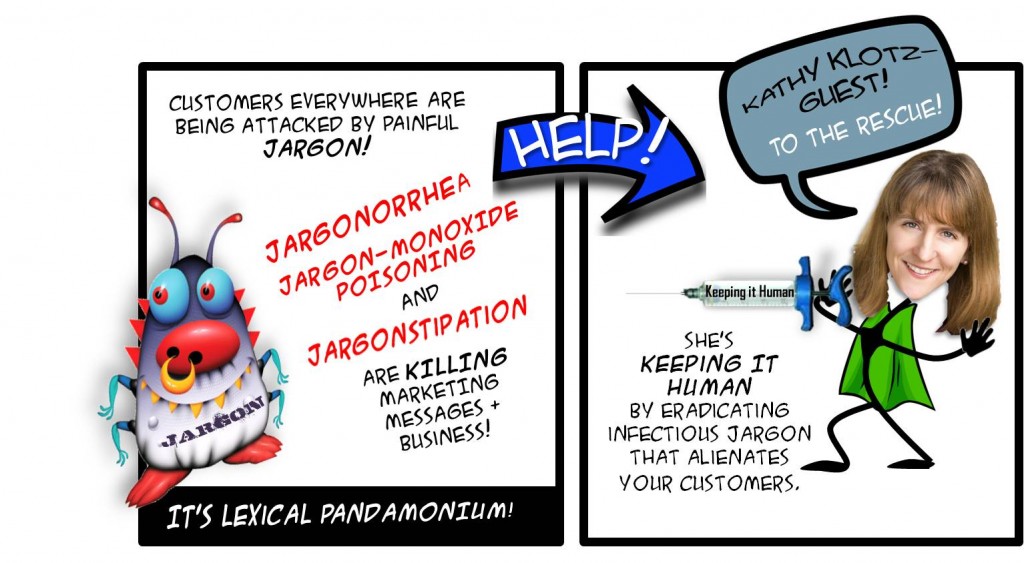On Sept 19, I had the pleasure of chatting with The New Yorker cartoonist, author and TED speaker, Liza Donnelly about her craft on my podcast. My belief has always been that cartoons are content worth sharing and that marketers can learn a hell of a lot about creating meaningful content by thinking like a cartoonist – that means thinking in big idea headlines that pack the truth. What’s more shared today than humorous content (including cartoons!). Great content makes us laugh, think or maybe even get angry. The point is a cartoon packs a meaningful punch in a small footprint. So listen up, marketers! That’s the goal behind content marketing – connecting and inspiring action: whether it’s word of mouth, sharing great content, or converting to a sale. If you want to your audience to open their wallets; you have to first open up a meaningful connection with them.
Content Must Go For Big Truth Content that connects contains truth. Humor is about the truth – not facts, not data. Cartoons communicate a single big a-ha in an economy of words. Just as cartoonists think through their ‘punchline,’ marketers need to convey a single big, bold human headline. The best content communicates a single big idea that’s contagious. And talking about products isn’t contagious. Marketers have to communicate the human headline behind their products. If you can’t get to that, start over. Start with a challenge or issue that your audience cares about. Imagine you only had one sentence to communicate, what would it be?
The Truth is Simple and Funny Cartoons deliver truth in a short caption. The truth is always simple – that’s what connects. And the truth is funny precisely because it is relateable. No content has ever been made better by making it more complex. The simplest way is always the best way. The only antidote to complexity is simplicity, and simple facilitates word of mouth.

Bad Marketing Got Your Audience Jargonstipated?
Aim for the Gut Cartoons aren’t about tickling the logic brain. Cartoons aim for the emotional core. Great content, too, is about making people laugh, making them angry, making them connect. Making them think is good – making them feel is better. Feelings – not thoughts – move people to action such as sharing.
Target Narrowly Cartoonists don’t create for everyone. They know their audience well – their likes, dislikes, challenges, etc. Great content works because it’s focused. Choose your most important audience and focus on their world. What do they think about most? Your enthusiast customer is your best customer – that base is usually the one that cares enough to carry your message and advocate for you. If they don’t see themselves reflected in that message, you’ve aimed too wide.
Deliver ‘Personality’ Cartoons have personality – funny, sarcastic, dry wit – whatever. Content reflects the beliefs and values of the creator and the audience being serenaded. Content without personality isn’t human. Content without a ‘soul’ doesn’t work today. There is too much noise and people are on overload. Content with a voice speaks loudly and attracts your ideal audience – the people who believe what you believe. That’s part of what keeping marketing human is about! What do you think? What do you think cartoons can teach marketers? Let me know! Follow Kathy: @kathyklotzguest Follow Liza: @lizadonnelly


